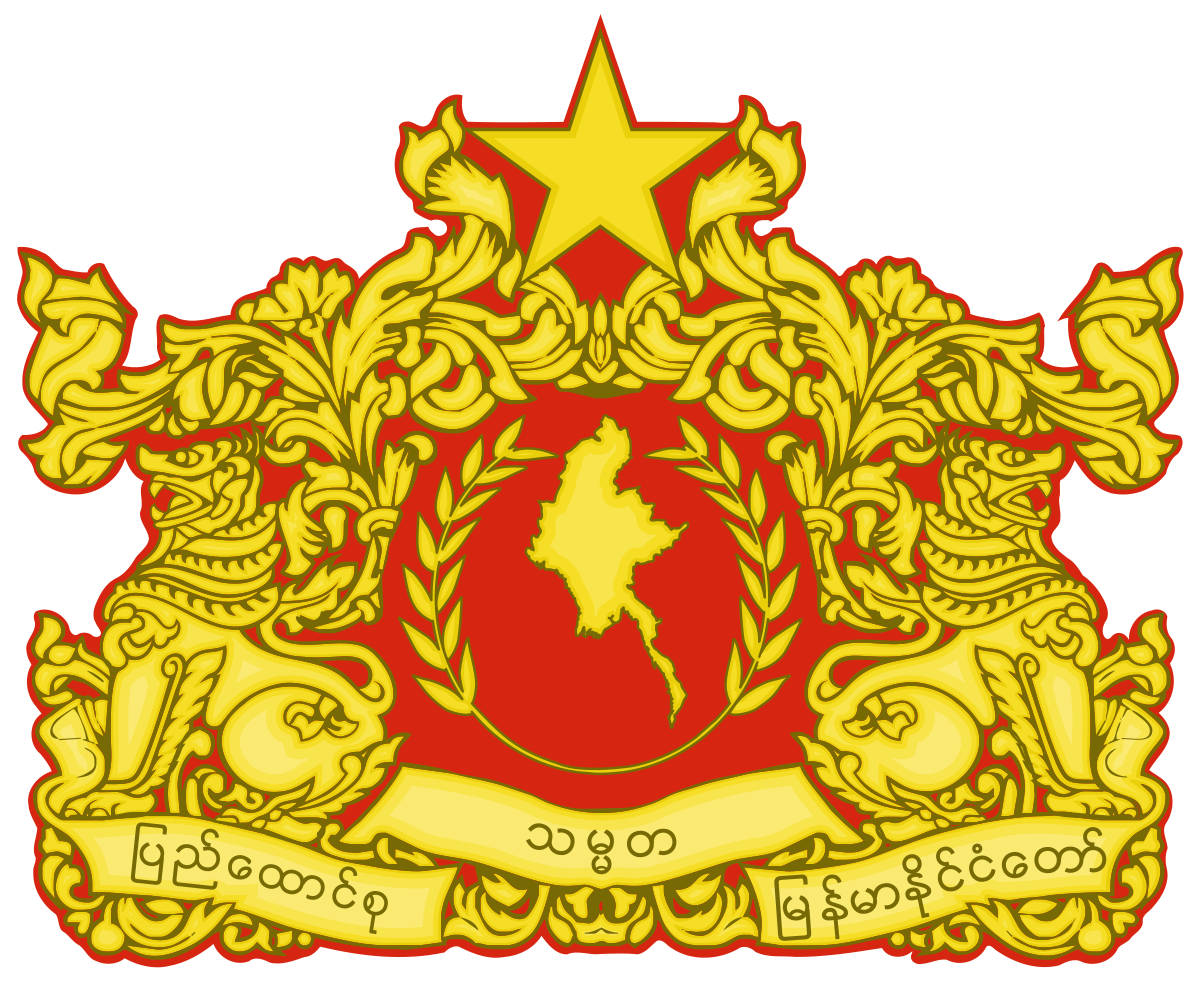Fuel prices skyrocket in domestic oil market
Fuel prices skyrocket in domestic oil market
Ministry of Information/ Naypyitaw / August 12, 2022

THE domestic oil market sees the biggest jump in fuel prices at present.
On 10 August, oil prices stood at K1,860 per litre for Octane 92, K1,920 for Octane 95, K2,185 for premium diesel and K2,120 for diesel. The prices soared to K2,140 for Octane 92, K2,210 for Octane 95, K2,512 for premium diesel and K2,440 for diesel on 11 August, showing an increase of K280-330 per litre within one day.
The fuel price hike is tracking the price set by Mean of Platts Singapore (MOPS), the pricing basis for many refined products in Southeast Asia. Singapore MOPS price surged, according to the Supervisory Committee on Oil Import, Storage and Distribution of Fuel Oil.
Furthermore, the Central Bank of Myanmar’s recent foreign exchange policy is another reason for the price hike. The CBM raised the reference exchange rate for a US dollar from K1,850 to K2,100 on 5 August.
The committee is governing the fuel oil storage and distribution sector effectively not to have a shortage of oil in the domestic market and ensuring price stability for energy consumers. The Petroleum Products Supervision and Inspection Department, under the guidance of the committee, is issuing the daily reference rate for oil to offer a reasonable price to energy consumers. The reference rate in Yangon Region is set on the MOPS’ price assessment, shipping cost, premium insurance, tax, other general cost and health profit per cent.
The rates for regions and states other than Yangon are evaluated after adding the transportation cost and the retail reference rates daily cover on the state-run newspapers and are posted on the media and official website and Facebook page of the department on a daily basis starting from 4 May.
As per the statement, 90 per cent of fuel oil in Myanmar is imported, while the remaining 10 per cent is produced locally. The domestic fuel price is highly correlated with international prices. The State is steering the market to mitigate the loss between the importers, sellers and energy consumers. Consequently, the government is trying to distribute the oil at a reasonable price compared to those of regional countries.
Some countries levied higher tax rates and hiked oil prices than Myanmar. However, Malaysia’s oil sector receives government subsidies and the prices are about 60 per cent cheaper than that of Myanmar. Every country lays down different patterns of policy to fix the oil prices. Myanmar also poses only a lower tax rate on fuel oil and strives for energy consumers to buy the oil at a cheaper rate.
NN/GNLM
#TheGlobalNewLightOfMyanmar



